1.Introduction
When it comes to feminine hygiene, sanitary pads play a crucial role in ensuring comfort and cleanliness during menstruation. But what happens when a product meant for comfort causes discomfort instead? It’s not uncommon for some women to experience rashes or irritation from sanitary pads. This raises the question: Can sanitary pads cause rash? Let’s dive deeper into the potential causes, symptoms, and solutions to this common issue.
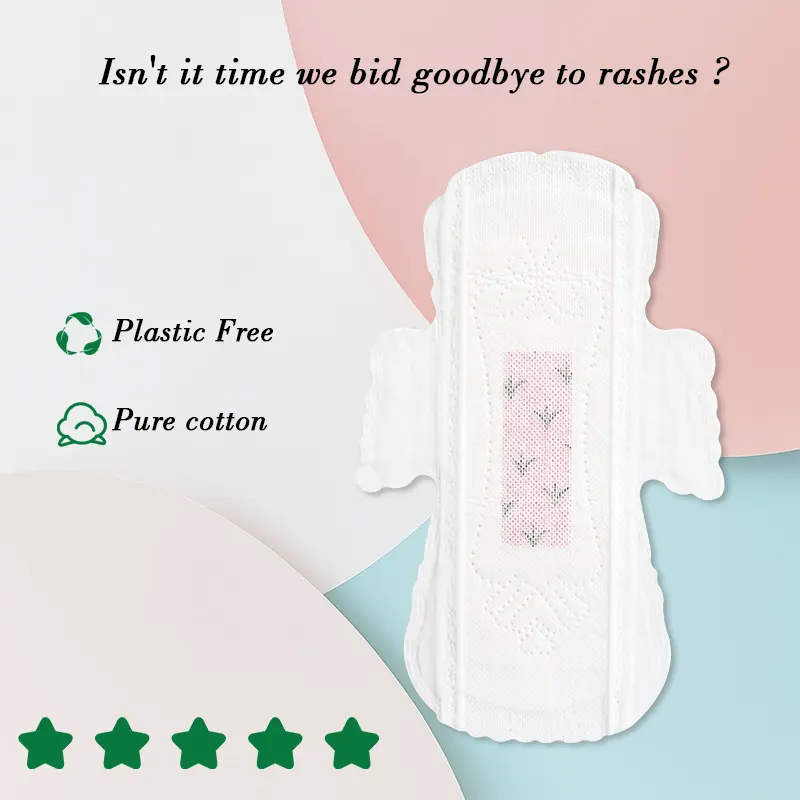
What Are Sanitary Pads?
Sanitary pads are absorbent items worn during menstruation to soak up menstrual fluid. Typically made from materials such as cotton, synthetic fibers, or a combination of both, pads are designed to provide comfort, leak protection, and odor control. However, these very features can sometimes lead to discomfort, especially when they come into direct contact with sensitive skin for prolonged periods.
The Importance of Comfort and Hygiene in Feminine Products
Comfort and hygiene are paramount in feminine products. Sanitary pads should not only be effective at preventing leaks but also gentle on the skin to avoid irritation. Unfortunately, not all pads are created equal, and some may contain materials or chemicals that can trigger allergic reactions or rashes in certain individuals.

2.What is a Rash?
A rash is any area of irritated or inflamed skin. The severity of rashes can range from mild redness to painful, swollen patches that itch or burn. Rashes caused by sanitary pads may manifest as small bumps, redness, swelling, or even blisters. These rashes can be uncomfortable and may take time to heal if not treated properly.
Definition and Types of Rash
There are various types of rashes that may occur due to the use of sanitary pads:
- Contact Dermatitis: Often caused by direct skin contact with irritants or allergens, this type of rash is common for women using certain sanitary pads.
- Heat Rash: Prolonged exposure to moisture and heat can result in a heat rash, a common issue during menstruation.
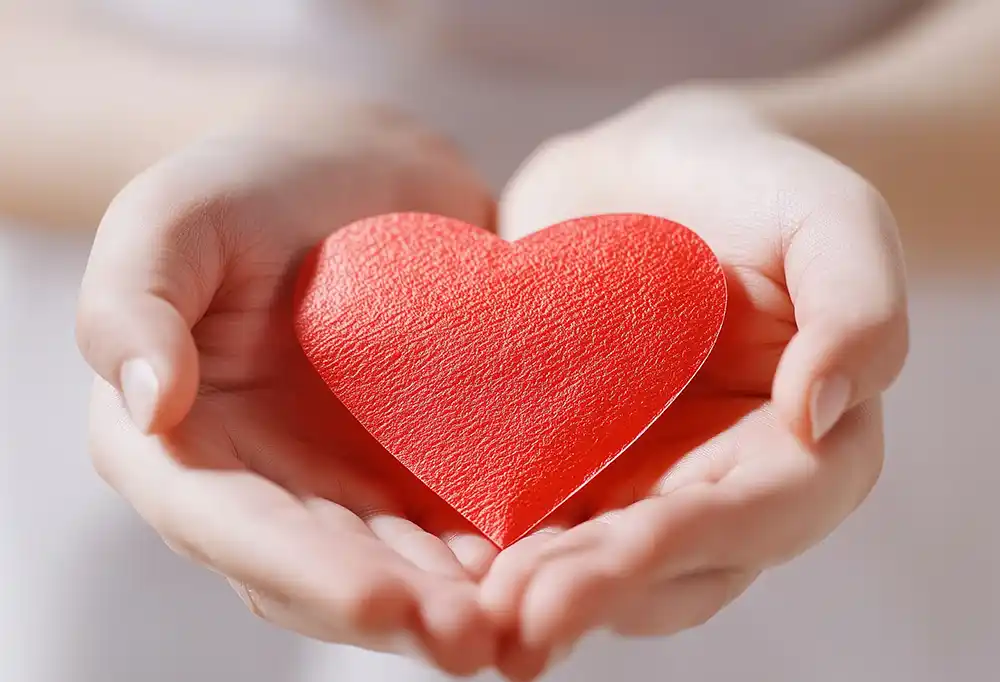
Common Symptoms of Rashes
The symptoms of rashes can vary, but typical signs include redness, itching, pain, swelling, and sometimes blistering. If the rash is severe, it may also cause peeling or cracking of the skin. It’s important to recognize these signs early to avoid further irritation.
3.Can Sanitary Pads Cause Rash?
While sanitary pads are designed to provide comfort, they can indeed cause rashes in some women. There are several factors that contribute to this.
Direct Causes of Rash from Sanitary Pads
- Friction: The constant rubbing of the pad against the skin can lead to frictional dermatitis, a type of rash.
Chemical Irritation and Sensitivity
Many pads are infused with fragrances, chemicals, and bleach to enhance their absorbency and freshness. Unfortunately, these chemicals can be harsh on sensitive skin, leading to allergic reactions or irritant rashes. Pads containing artificial dyes or fragrances are often the main culprits behind such issues.

4.Why Are Some Women More Prone to Rash?
Some women are more susceptible to rashes than others, and this can be attributed to several factors.
Sensitive Skin and Allergies
Women with sensitive skin or known allergies are at a higher risk of developing rashes from sanitary pads. The chemicals used in manufacturing may trigger a reaction in these individuals.
Hormonal Changes and Skin Reactions
Hormonal fluctuations during menstruation, pregnancy, or menopause can make the skin more sensitive and prone to irritation. This sensitivity can make it easier for rashes to develop from common products like sanitary pads.
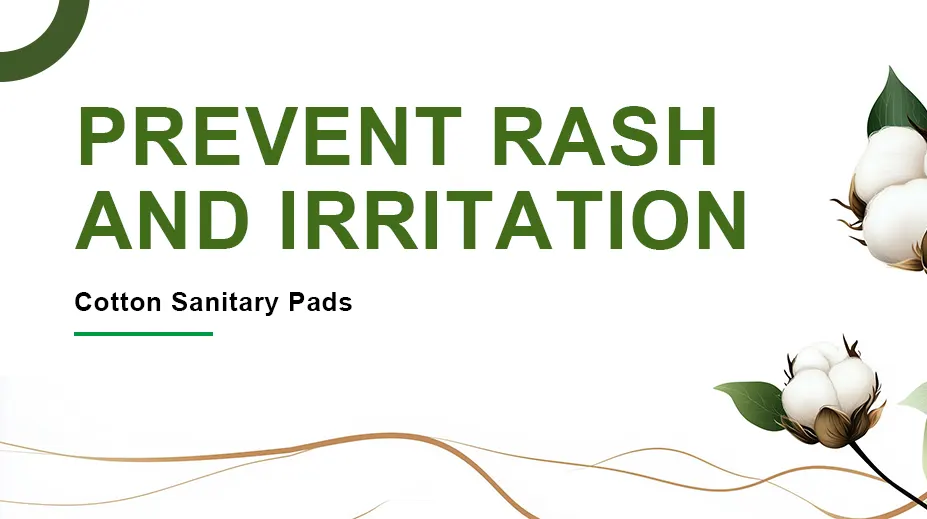
5.Materials Used in Sanitary Pads
The material used to make a sanitary pad can significantly affect whether it causes a rash.
Cotton vs. Synthetic Materials
Cotton pads are often considered gentler on the skin compared to synthetic materials. However, some women find synthetic pads to be more absorbent and comfortable. The key lies in selecting the right type of pad that matches your skin type and needs.
How Different Fabrics Impact Skin Health
Natural fibers like cotton tend to allow better airflow and reduce moisture buildup, which can prevent rashes. On the other hand, synthetic materials might trap moisture, increasing the risk of irritation.
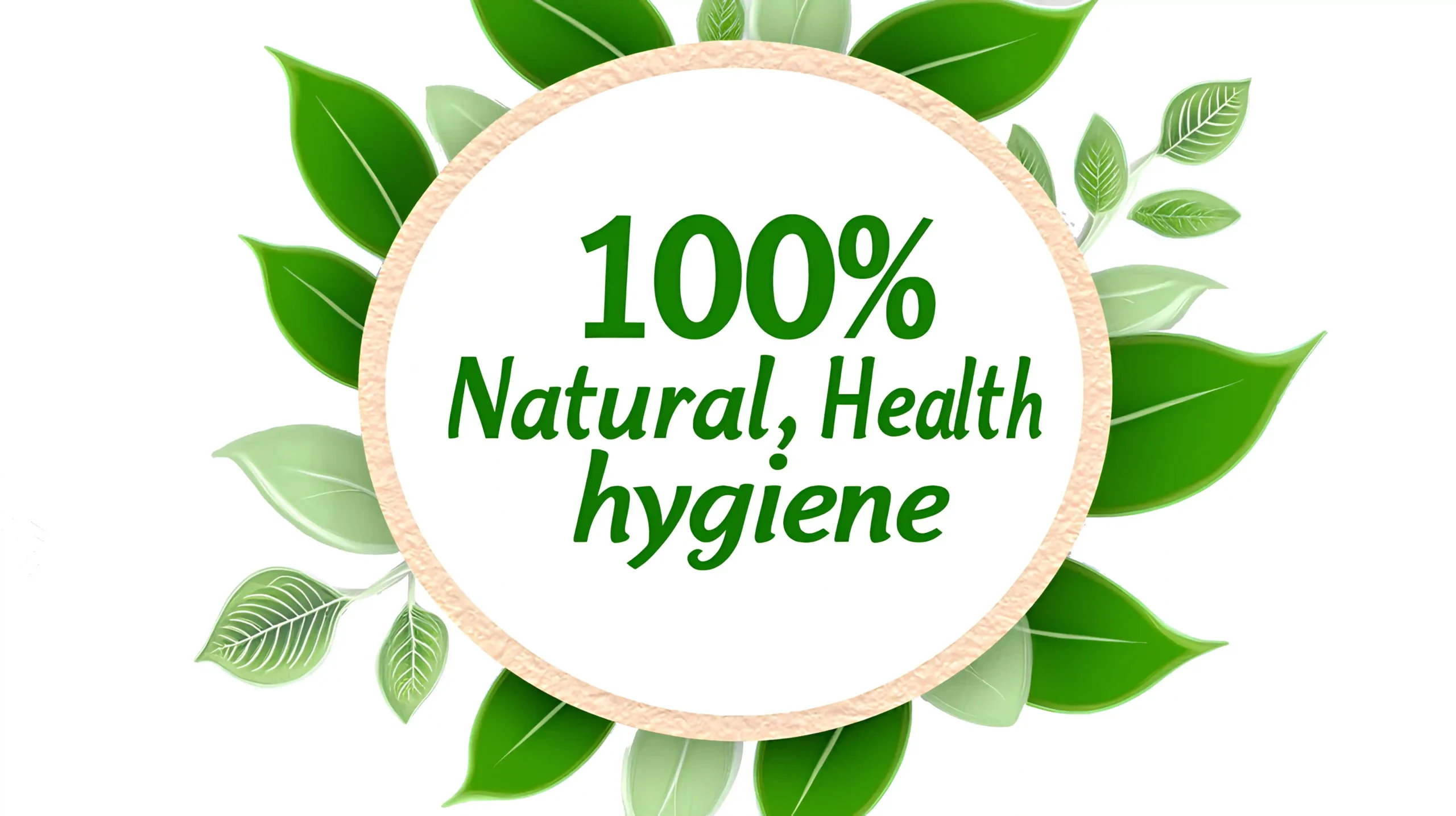
6.The Role of Fragrances and Chemicals in Rashes
Many sanitary pads are enhanced with fragrances and other chemicals to mask odors and improve freshness. However, these added ingredients may cause adverse reactions in some women.
The Hidden Risks of Added Scents
Fragrances in sanitary pads may smell pleasant, but they are often made with chemicals that can irritate the sensitive skin around the genital area. If you’re prone to allergies or irritation, choosing fragrance-free pads can make a significant difference.
Chemical Irritants in Some Pads
Some sanitary pads contain chlorine bleach, dyes, or other chemicals used in their production. These chemicals can cause inflammation, allergic reactions, and rashes when they come into contact with the skin.

7.Prevention: How to Avoid Rash from Sanitary Pads
The good news is that preventing rashes from sanitary pads is possible with a few simple steps.
Choosing the Right Pad for Sensitive Skin
Opt for pads made with natural, hypoallergenic materials that are free from fragrances, dyes, and chemicals. Look for pads labeled as suitable for sensitive skin or dermatologically tested.
Tips for Maintaining Proper Hygiene During Menstruation
It’s essential to change your sanitary pad regularly to prevent moisture buildup and irritation. Wash your hands before and after changing pads, and avoid wearing pads for extended periods of time.
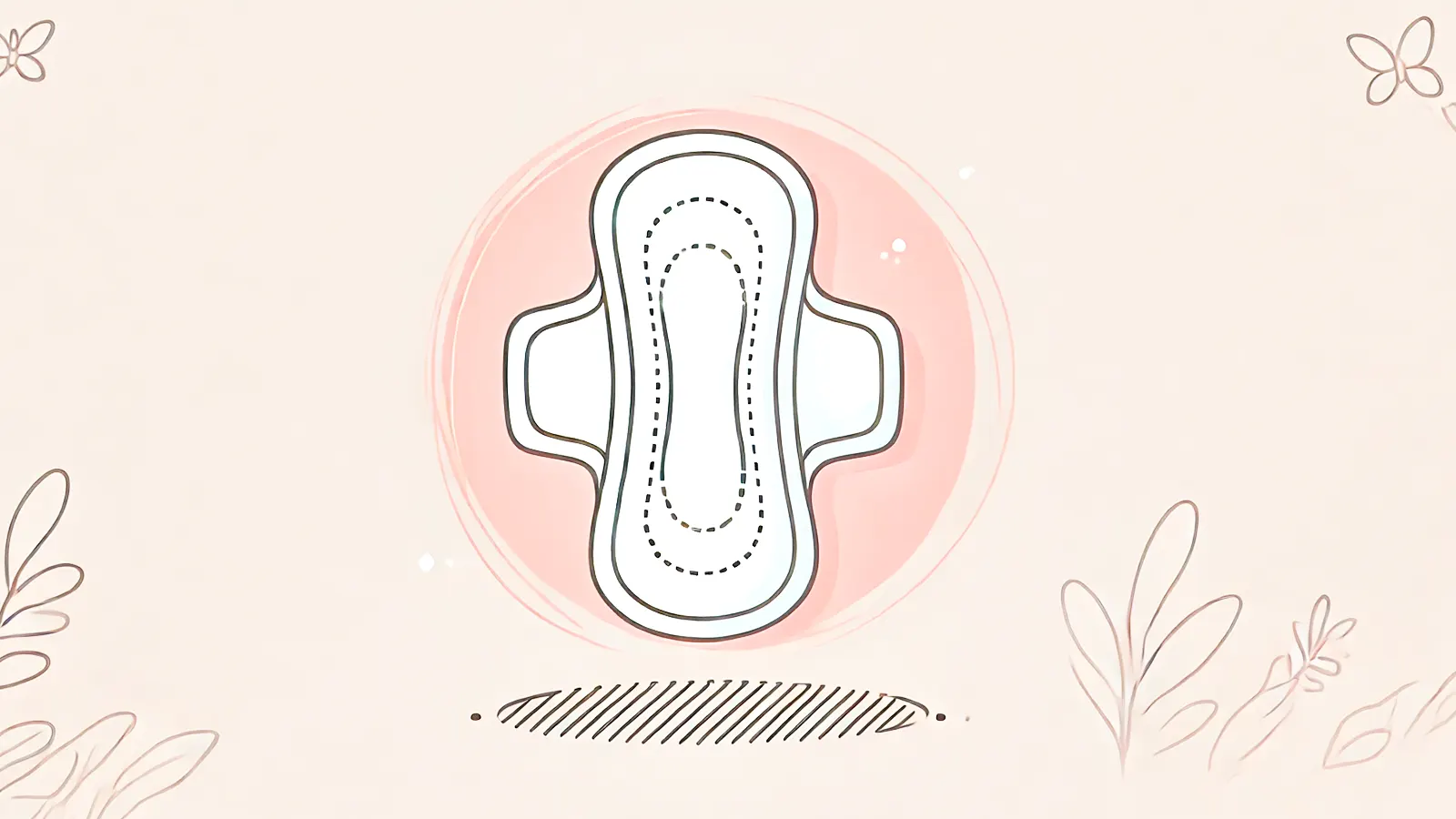
8.What to Do if You Get a Rash from Sanitary Pads
If you develop a rash due to a sanitary pad, follow these steps to relieve discomfort:
- Firstly,remove the pad and clean the area with mild soap and water.
- Secondly,apply a soothing ointment like aloe vera gel or hydrocortisone cream to reduce inflammation.
- Thirdly,avoid using scented products on the affected area.
Immediate Steps for Relief
If the rash is severe or accompanied by swelling or pain, consider consulting a healthcare professional for appropriate treatment. In some cases, you may need a prescription ointment or oral medication to alleviate the symptoms.
When to Seek Medical Attention
If the rash doesn’t improve or worsens, it’s essential to consult a doctor. A healthcare provider can help determine whether the rash is caused by an allergy, infection, or other underlying condition.

9.Alternative Options to Traditional Sanitary Pads
For those who experience frequent rashes or irritation from traditional sanitary pads, alternative options may offer relief.
Organic and Hypoallergenic Sanitary Pads
Organic pads made from 100% cotton or other natural fibers are often free from harsh chemicals and fragrances. These pads are less likely to cause rashes and are a great option for those with sensitive skin.
Menstrual Cups and Other Reusable Products
Menstrual cups, reusable pads, and period underwear are all excellent alternatives to disposable pads. These options are typically gentler on the skin and offer a more sustainable way to manage menstruation.
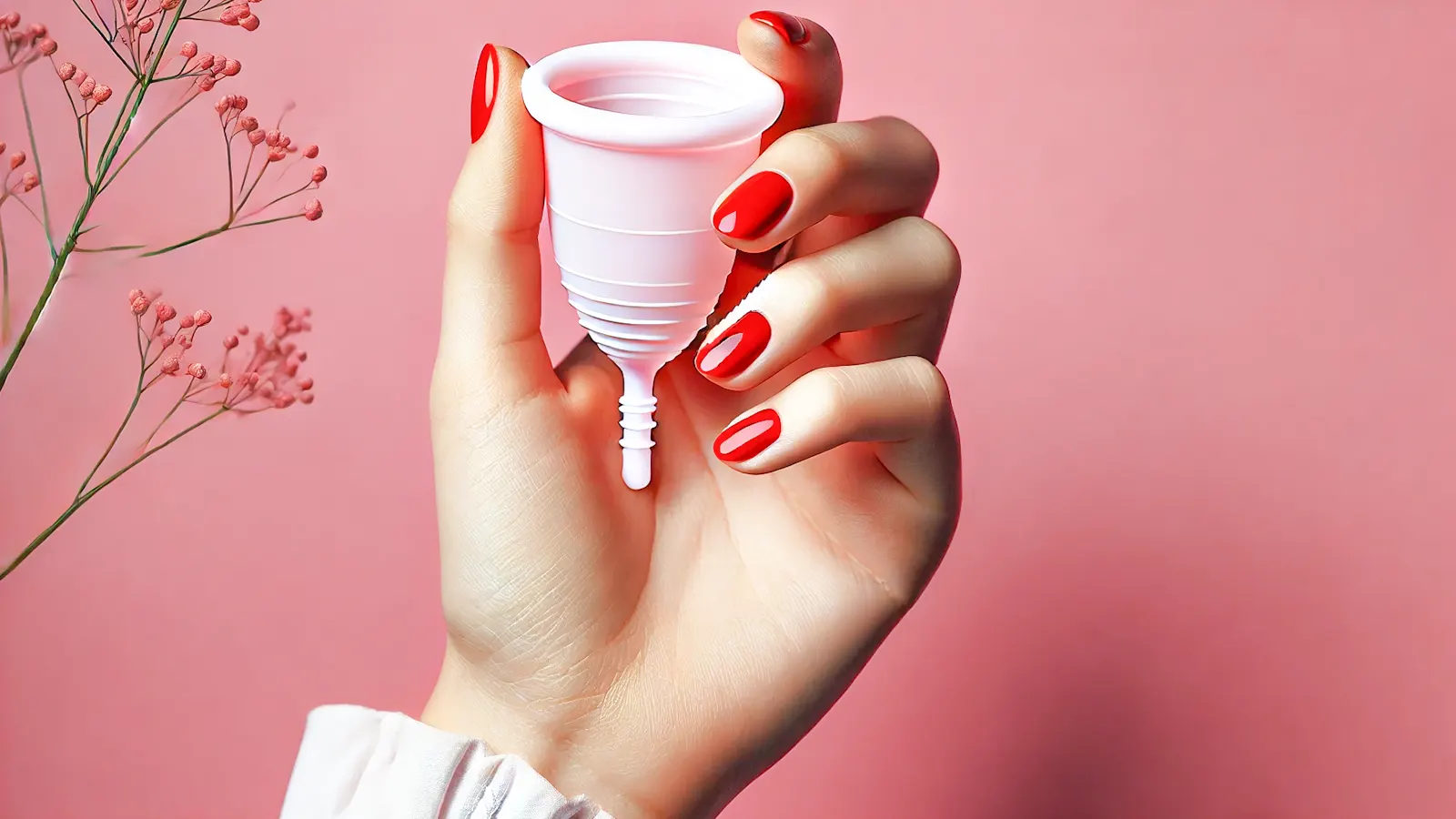
10.How Often Should You Change Your Pad?
Changing your sanitary pad frequently is one of the best ways to prevent rashes.
Importance of Changing Pads Regularly
Pads should be changed every 4-6 hours, depending on your flow. This helps prevent the buildup of moisture and bacteria, reducing the risk of irritation.
The Link Between Pad Change Frequency and Rash Prevention
By changing your pad regularly, you not only stay clean and fresh but also minimize the risk of developing a rash.
| Light flow | Regular flow | Heavy flow | Very heavy flow |
| This usually means you change your period product every 3-4 hours | This usually means you change your period product every 2-3 hours | This usually means you change your period product every 1-2 hours | This usually means you change your period product every hour and the products are completely saturated |
| Light Pad | Regular Pad | Regular Pad / Heavy Pad for overnight | Heavy Pad |
11.The Link Between Rashes and Tight Clothing
Tight clothing can exacerbate the irritation caused by sanitary pads.
How Tight Clothing Can Aggravate Rash from Pads
Tight pants or underwear can increase friction and trap moisture, which may aggravate an existing rash or cause new irritation.
Tips for Comfortable and Rash-Free Clothing Choices
Opt for loose-fitting clothing and breathable fabrics to reduce friction and allow your skin to breathe.
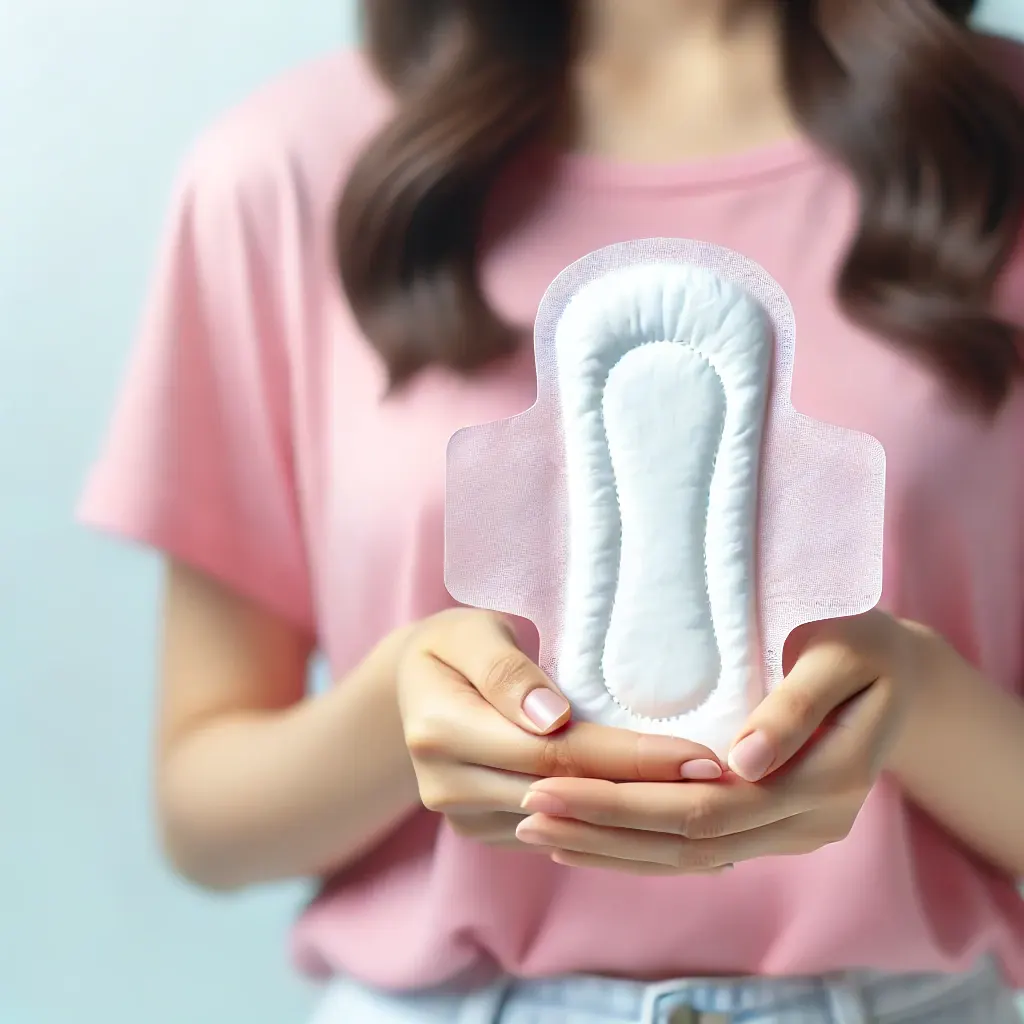
12.Common Misconceptions about Sanitary Pads and Rashes
There are several myths surrounding sanitary pads and rashes.
Dispelling Myths Around Sanitary Pads and Rash Development
Not all sanitary pads cause rashes, and it’s essential to choose the right pad for your skin. Pads with natural materials and fewer chemicals are less likely to cause irritation.
13.Customer Reviews and Experiences
Many women share their experiences with different types of sanitary pads. Real-life testimonials can provide valuable insights into the effectiveness of certain products in preventing rashes.
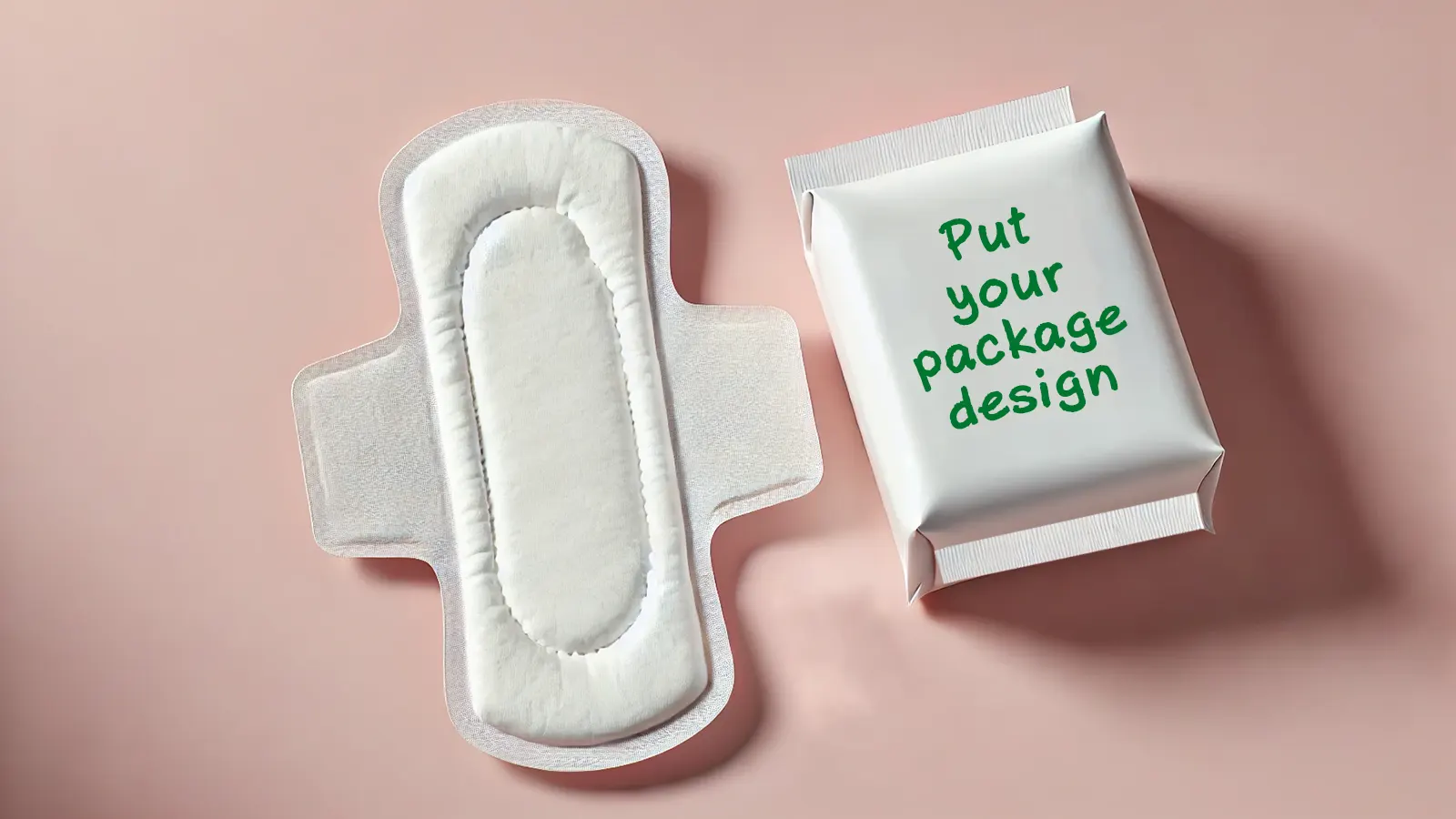
14.Conclusion
Sanitary pads are an essential part of feminine hygiene, but they can cause rashes for some women due to materials, chemicals, or improper usage. By choosing the right pad, maintaining proper hygiene, and making informed decisions about materials, women can reduce the risk of irritation and rashes. If a rash does occur, prompt action and medical advice can help relieve discomfort and prevent further irritation.

15.FAQs
- How can I tell if my rash is caused by a sanitary pad? Look for signs of redness, swelling, and itching in the area where the pad touches your skin. If it’s a new rash that appears after using a pad, it’s likely the cause.
- What is the best type of sanitary pad for sensitive skin? Choose pads made from organic cotton, free from fragrances, dyes, and chemicals. Look for products labeled as hypoallergenic.
- Can wearing sanitary pads for too long cause a rash? Yes, wearing a pad for an extended period can cause moisture buildup, leading to irritation and rashes.
- Are menstrual cups better than sanitary pads for preventing rashes? Menstrual cups are less likely to cause rashes since they don’t come into direct contact with the skin. However, it’s essential to clean them properly to avoid other issues.
- Can a rash from a sanitary pad be serious? In most cases, rashes from sanitary pads are mild and can be treated at home. However, if the rash is severe or persistent, seek medical attention.



